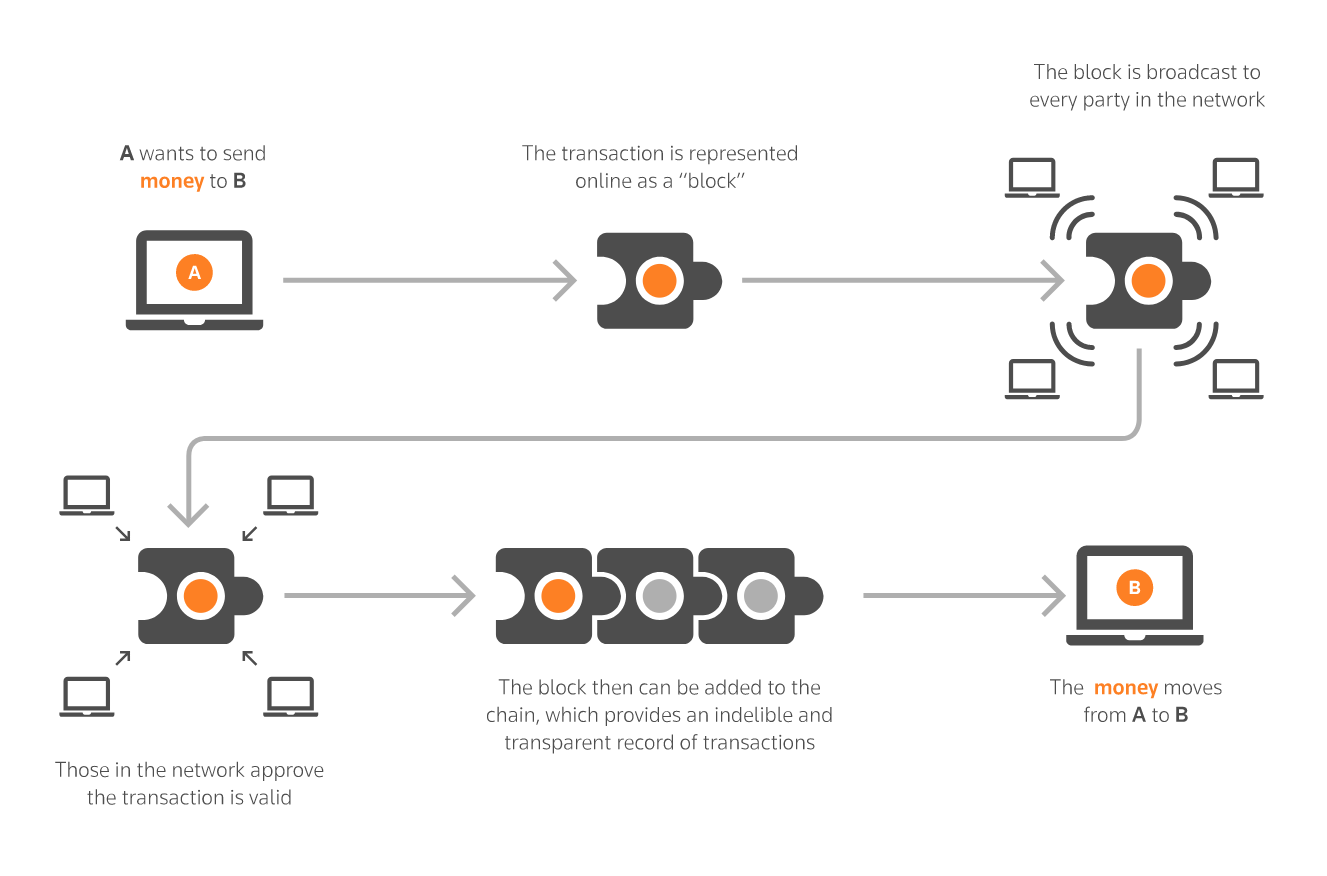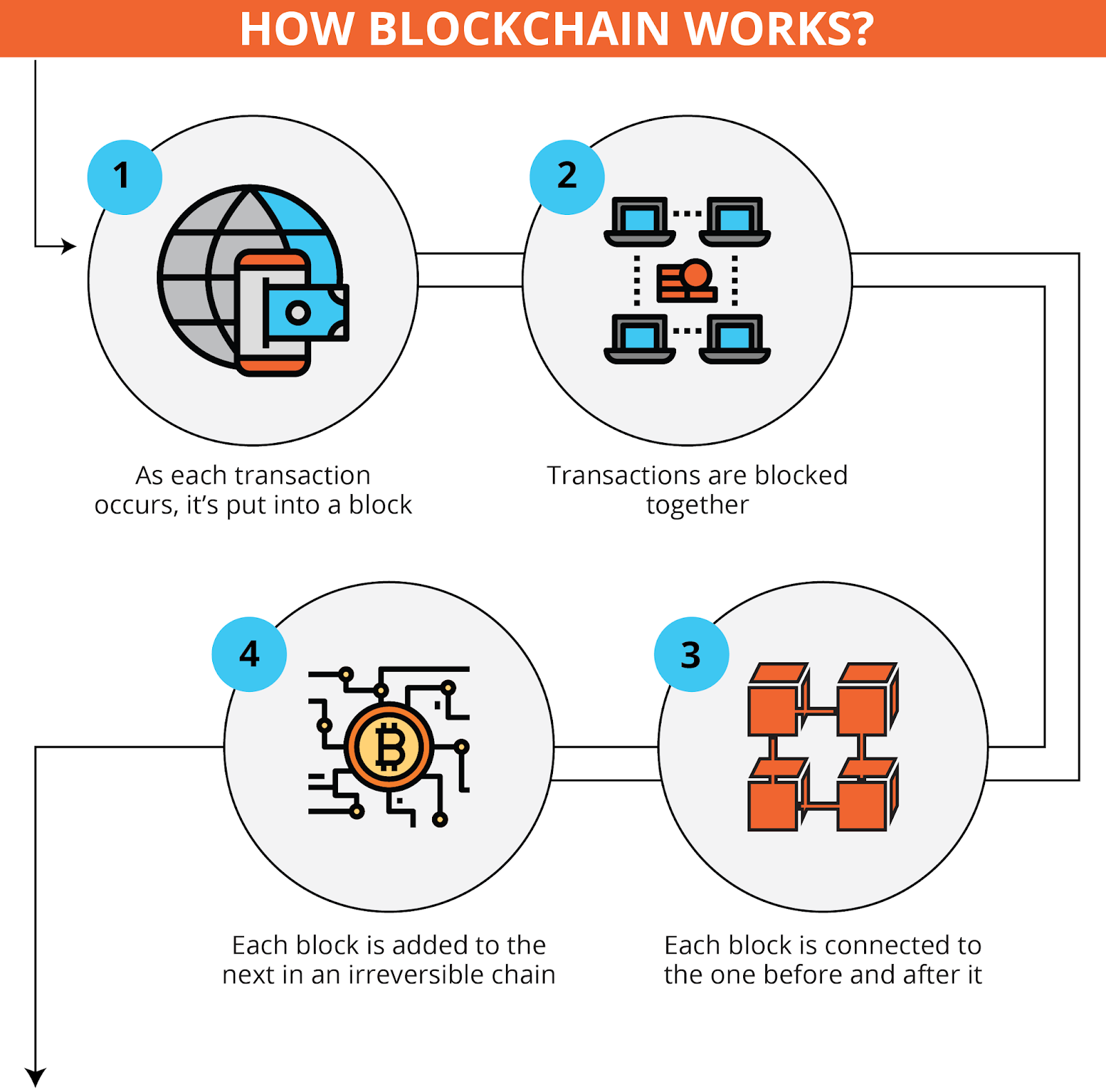

There can be any number of shards," said David Huseby, security maven for The Linux Foundation's Hyperledger blockchain project.īut, the devil is in the details, Huseby pointed out. Four shards? Four times the throughput, roughly. "In theory, the increase in transaction throughput is linear in the number of shards. "A separate protocol chosen by Ethereum then allows cross-shard communications." Is sharding secure?Īlong with addressing scalability, some argue sharding also maintains the native security of a blockchain because it retains "most of the desired decentralization and security properties of a blockchain," Ethereum creator Vitalik Buterin wrote in a blog post at the time. "This allows lots of parallel transactions to happen at the same time," she said. Each unique user account equates to one shard, and accounts can only transact with other accounts in the same shard, Litan explained. Layer 2 protocols transfer data between nodes within a LAN or an adjacent WAN, lifting the burden from the P2P blockchain network.Īfter sharding is activated, the "state" of a blockchain is split into shards or partitions. Layer 2 protocols send most transactions off-chain and only interact with the underlying blockchain in order to enter and exit the layer-2 system. One was a "layer 2" mechanism – processing transactions off the chain in a standard database and only recording permanent entries on the ledger the other solution was sharding, allowing many more transactions to be processed in parallel at the same time. Last year, Ethereum began exploring ways to increase performance after the blockchain ledger and cryptocurrency reached more than one million transactions per day.Įthereum settled on two proposed fixes.

and functions so that not every node has to process all transactions, thereby enhancing scalability," said Avivah Litan, a Gartner vice president and distinguished analyst. "Sharding is a concept that originated with horizontal database partitioning and is being adopted by Ethereum. Ethereum is exploring sharding while Hyperledger isn't. PoW-based blockchains are write-once, append many applications as such, they are immutable.Įthereum and Hyperledger are the world's leading blockchain platforms and the basis for a myriad number of applications, from cryptocurrencies such as Ethereum's Ether to "smart" or self-executing online contracts. The upside to having every node record new information being added to a blockchain is that the data is indisputable and unchangeable. Ethereum, another popular blockchain ledger and cryptocurrency, is only able to process from 12 to 30 transactions per second.īy comparison, Visa's VisaNet on average processes 1,700 transactions per second.

Because of that, bitcoin, which is based on a PoW, can only process 3.3 to 7 transactions per second – and a single transaction can take 10 minutes to finalize. In large blockchains such as bitcoin, the majority of participating nodes must authenticate new transactions and record that information if they are to be added to the ledger that makes completing each transaction slow and arduous.

In a PoW-based blockchain, each authenticating computer or node records all the data on the chain and is part of the consensus process.


 0 kommentar(er)
0 kommentar(er)
